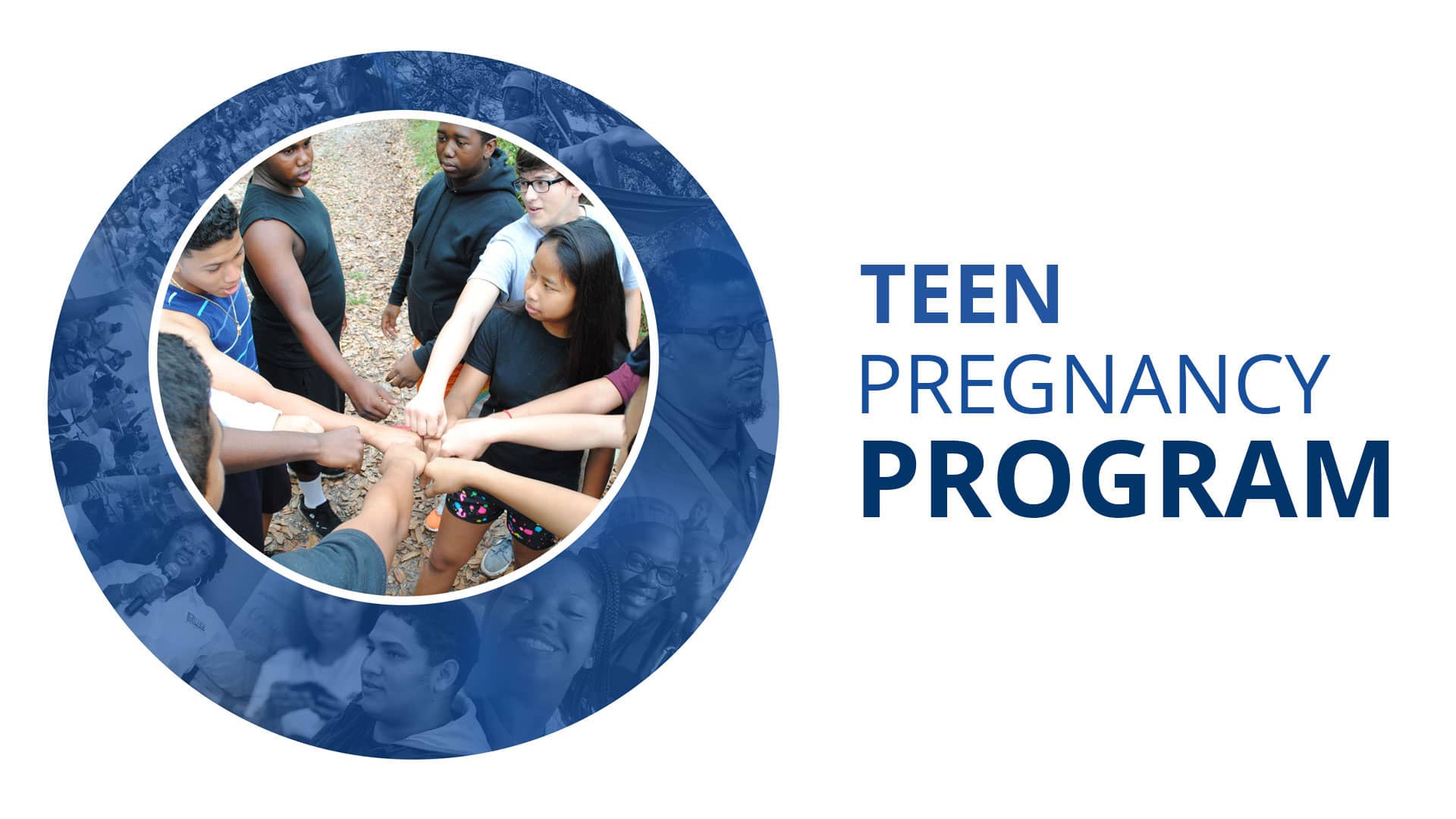
Teen Pregnancy Prevention Programs: A Comprehensive Approach to Addressing a Critical Issue
Introduction
Teen pregnancy remains a significant public health concern, with far-reaching consequences for both the young mothers and their children. In the United States, approximately 750,000 teenagers become pregnant each year, resulting in a multitude of challenges, including increased risks for premature birth, low birth weight, and infant mortality. Furthermore, teen mothers are more likely to experience poverty, drop out of school, and face long-term health problems.
To address this pressing issue, comprehensive teen pregnancy prevention programs have emerged as a crucial intervention strategy. These programs aim to provide young people with the knowledge, skills, and resources necessary to make informed decisions about their sexual health and avoid unintended pregnancies.
Components of Effective Teen Pregnancy Prevention Programs
Effective teen pregnancy prevention programs typically incorporate a range of components, including:
- Education: Providing accurate and age-appropriate information about sexual health, including the risks and consequences of teen pregnancy, sexually transmitted infections (STIs), and contraception.
- Skill-building: Developing interpersonal and decision-making skills that enable young people to negotiate sexual relationships, resist peer pressure, and make responsible choices.
- Access to services: Ensuring access to affordable and confidential reproductive health services, including contraception, STI testing and treatment, and pregnancy counseling.
- Community engagement: Partnering with schools, community organizations, and healthcare providers to create a supportive environment that promotes healthy sexual behaviors.
- Evaluation: Regularly assessing the effectiveness of the program and making adjustments as needed to ensure optimal outcomes.
Evidence-Based Approaches
Research has identified several evidence-based approaches that have proven effective in reducing teen pregnancy rates. These approaches include:
- Comprehensive sex education: Programs that provide comprehensive information about sexual health, including both abstinence and contraception, have been shown to delay sexual initiation and reduce pregnancy rates.
- Youth development programs: Programs that focus on developing young people’s self-esteem, decision-making skills, and healthy relationships have been associated with lower rates of teen pregnancy.
- Access to contraception: Ensuring that young people have access to affordable and effective contraception is a critical component of teen pregnancy prevention.
- Peer education: Programs that train young people to educate their peers about sexual health have been shown to be effective in promoting healthy behaviors.
Benefits of Teen Pregnancy Prevention Programs
Investing in teen pregnancy prevention programs has numerous benefits, including:
- Improved health outcomes: Preventing teen pregnancies reduces the risks of premature birth, low birth weight, infant mortality, and STIs for both the young mothers and their children.
- Increased educational attainment: Teen mothers are more likely to drop out of school, which can have long-term consequences for their earning potential and overall well-being.
- Reduced economic burden: Teen pregnancy imposes significant economic costs on society, including healthcare expenses, lost productivity, and welfare payments.
- Stronger families and communities: Preventing teen pregnancies contributes to the stability of families and communities by reducing the number of children growing up in poverty and single-parent households.
Challenges and Future Directions
Despite the effectiveness of teen pregnancy prevention programs, several challenges remain. These include:
- Funding: Ensuring adequate funding for these programs is essential for their sustainability and impact.
- Stigma and resistance: Some communities may face resistance to teen pregnancy prevention programs due to cultural or religious beliefs.
- Reaching vulnerable populations: Young people from marginalized communities, such as those living in poverty or experiencing homelessness, may face barriers to accessing these programs.
Future directions for teen pregnancy prevention include:
- Tailoring programs to specific populations: Developing programs that are culturally sensitive and address the unique needs of different groups of young people.
- Integrating technology: Utilizing technology to provide accessible and engaging sexual health information and services.
- Advocacy and policy change: Advocating for policies that support teen pregnancy prevention, such as expanding access to contraception and comprehensive sex education.
Conclusion
Teen pregnancy prevention programs are a critical investment in the health and well-being of young people and society as a whole. By providing comprehensive education, skill-building, access to services, and community engagement, these programs empower young people to make informed decisions about their sexual health and avoid unintended pregnancies.
Addressing teen pregnancy requires a multi-faceted approach that involves collaboration between schools, community organizations, healthcare providers, and policymakers. By investing in evidence-based programs and addressing the challenges and future directions outlined in this article, we can create a society where all young people have the opportunity to reach their full potential and lead healthy, fulfilling lives.